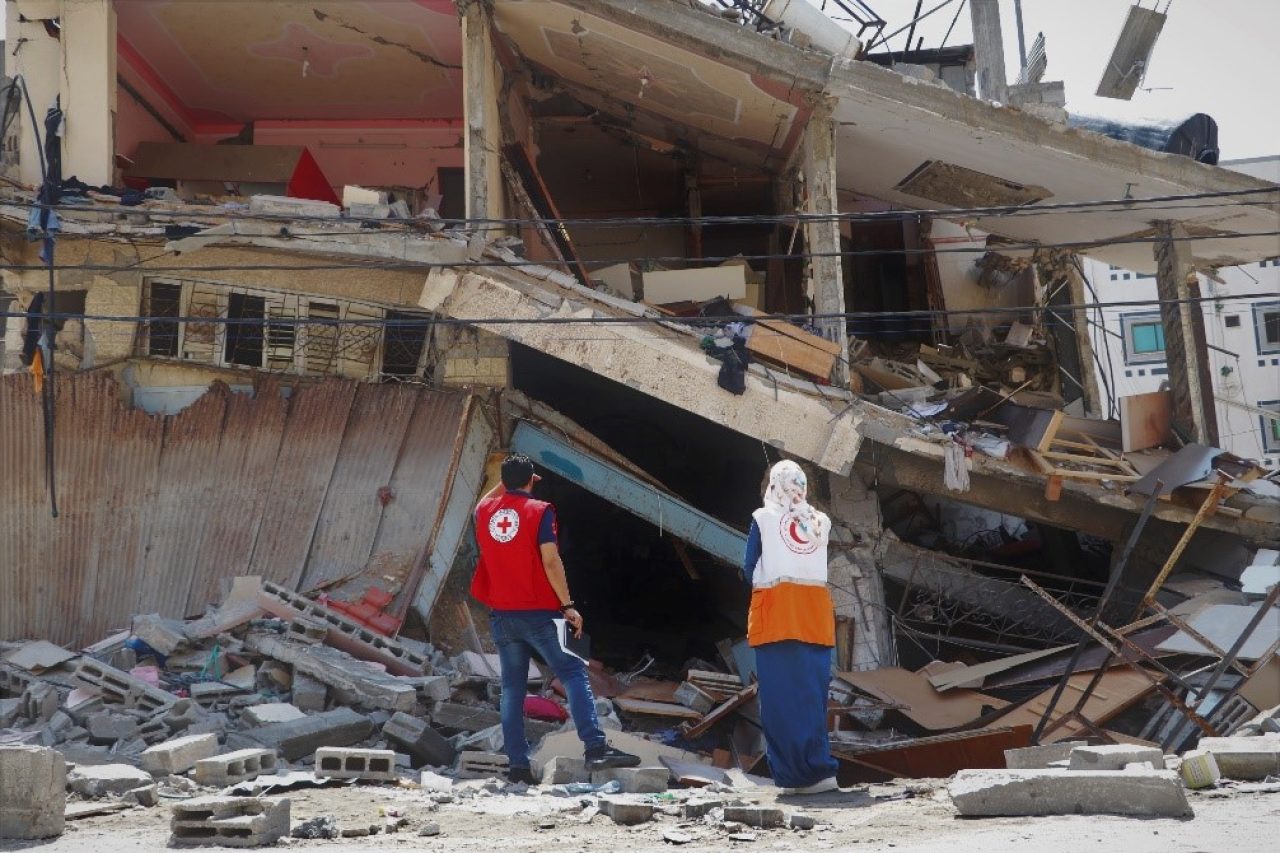Background
Armed conflict is changing and so is its humanitarian impact. There are over 100 armed conflicts occurring around the world today, making 2023 a year of “vast humanitarian need”. As the world continues to urbanise, so too does armed conflict. The battlefields of war have long changed from large open fields to city centers and residential areas.
Today, an estimated 50 million people are affected by urban warfare. Here, civilians and civilian infrastructure are often located in the same areas as military objectives. International humanitarian law (IHL), otherwise known as the laws of armed conflict, imposes obligations on those taking part in the fighting to protect civilians and civilian objects, and to distinguish between them and military targets. Yet the majority of those killed in urban conflict are civilians.
The majority of the world’s population (56%) now lives in urban areas. Two-thirds of the global population is expected to live in urban areas by 2030, some 6.3 billion people. A staggering 96% of this urban growth is expected to take place in developing countries, in cities that already face fragility. The use of explosive weapons with wide destructive impact areas increases the risk of devastating consequences for civilians, both of injury and death, but also by causing damage to critical infrastructure essential to meet civilians’ basic needs, such as water supply, electricity, wastewater installations, healthcare facilities, and schools. In the longer term, livelihoods and sustainable development of the area are impacted, often threatening the possibility of a return by those forcibly displaced. Out of the 100 million people who are forcibly displaced worldwide, most live in urban areas.
The complex humanitarian consequences of urban warfare are far-reaching and produce direct and indirect, visible and invisible effects. However, they are not inevitable. The International Red Cross and Red Crescent Movement witnesses these consequences through its work in prevention, protection, and assistance to civilians in the context of urban areas and works to highlight them amongst actors at every level.
Read the ICRC report “War in Cities: Preventing and Addressing the Humanitarian Consequences for Civilians” here.
Explosive Weapons in Populated Areas (EWIPA)
The use of explosive weapons with wide impact area in populated areas is one of the main causes of civilian harm in armed conflict today. The International Committee of the Red Cross (ICRC) published a report in January 2022 detailing the consequences of explosive weapons in populated areas and calling on all States and parties to armed conflict to avoid using EWIPA.
Last December, over 80 states gathered in Dublin to sign a landmark political declaration (Political Declaration on Strengthening the Protection of Civilians from the Humanitarian Consequences Arising from the Use of Explosive Weapons in Populated Areas) committing to refrain from, or at least restrict, the use of explosive weapons in populated areas, when such use may be expected to cause civilian harm. This was the result of over three years of diplomatic process led by the Irish government along with other states and efforts of the United Nations, the International Red Cross and Red Crescent Movement, and civil society.
You can read our joint Op-Ed with the ICRC here
The final text of the Political Declaration can be found here
Last updated April 2023

